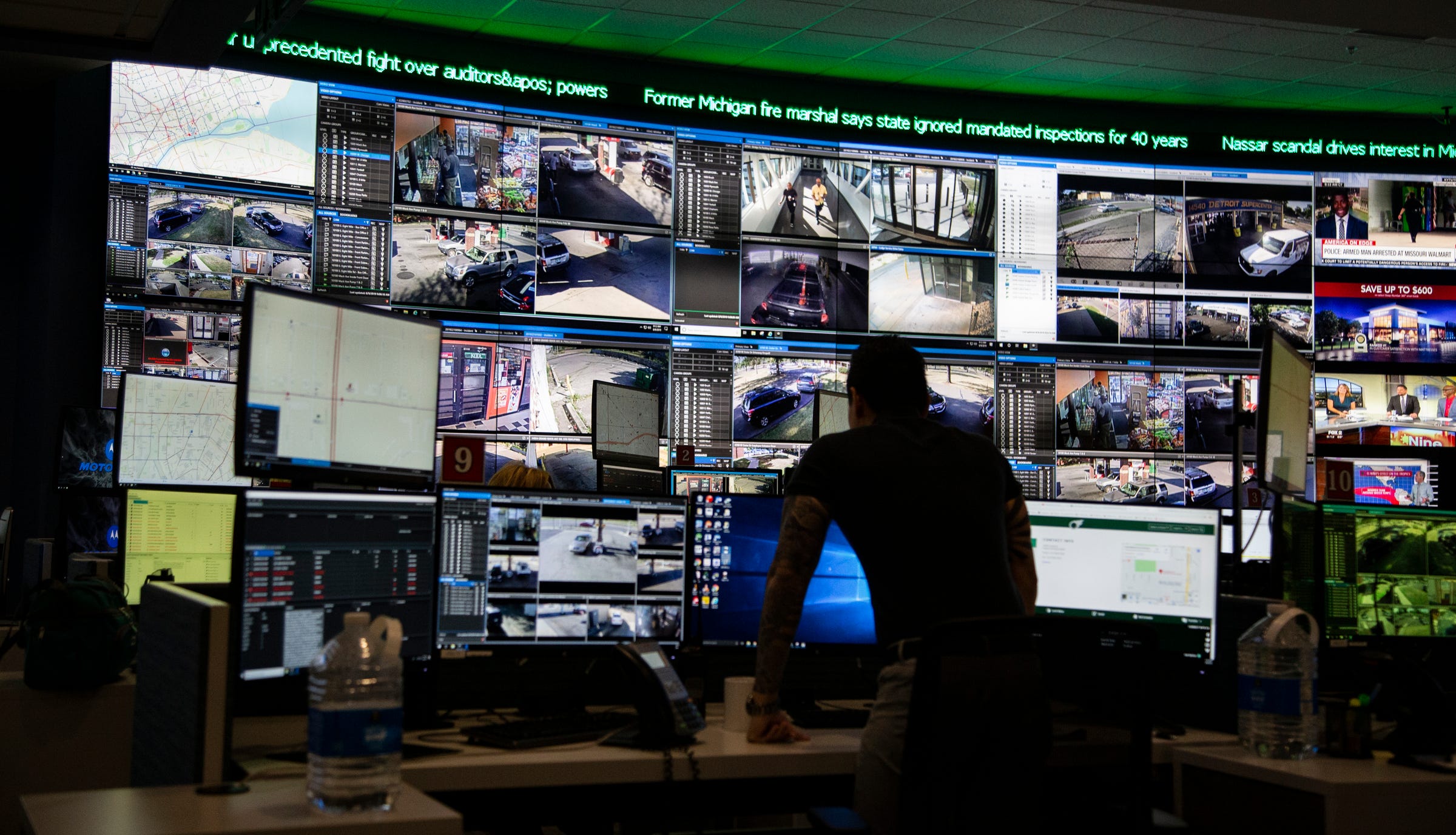Artificial intelligence is transforming law enforcement, allowing agencies to analyze data, predict criminal activity, and solve cases faster. Facial recognition technology helps identify suspects, while body cameras ensure transparency and provide evidence. Drones aid in surveillance and search operations, while predictive policing helps allocate resources effectively. ShotSpotter detects gunshots in real-time, aiding in prompt responses. License plate recognition tracks vehicles involved in criminal activities, while crime mapping software visualizes crime data for strategic resource deployment. Biometric identification verifies identities accurately, enhancing security. Virtual reality training simulates real-life scenarios, preparing officers for challenging situations in the field.
1. Artificial Intelligence
Artificial intelligence (AI) is revolutionizing law enforcement by enabling agencies to sift through massive amounts of data to identify potential criminals and prevent crimes before they happen. AI can analyze crime patterns, predict criminal activity, and even help investigators solve cases faster.
2. Facial Recognition Technology
Facial recognition technology allows law enforcement to quickly identify suspects or persons of interest by analyzing images or video footage. This technology has been instrumental in solving crimes and locating missing persons.
3. Body Cameras
Body cameras worn by police officers have become essential tools in ensuring transparency and accountability in law enforcement. These cameras provide valuable evidence in investigations and can help protect officers against false accusations.
4. Drones
Drones have proven to be valuable assets in law enforcement for surveillance, search and rescue operations, and crowd control. Drones can cover large areas quickly and provide a real-time aerial view of crime scenes or disaster areas.
5. Predictive Policing
Predictive policing uses data analysis and algorithms to forecast where crimes are likely to occur. This technology helps law enforcement allocate resources more effectively and deter criminal activity in high-risk areas.
6. ShotSpotter
ShotSpotter is a technology that uses sensors to detect and locate gunshots in real-time. This helps law enforcement respond promptly to incidents of gun violence and apprehend suspects before they can flee the scene.
7. License Plate Recognition
License plate recognition technology automatically reads license plates and cross-references them with law enforcement databases. This technology can help identify stolen vehicles, locate suspects, and track the movements of vehicles involved in criminal activities.
8. Crime Mapping Software
Crime mapping software allows law enforcement to visualize crime data on interactive maps to identify trends and patterns. This information helps agencies deploy resources strategically and develop targeted crime prevention strategies.
9. Biometric Identification
Biometric identification technologies, such as fingerprint scanners and iris recognition systems, help law enforcement verify individuals’ identities quickly and accurately. These technologies are crucial for identifying suspects, exonerating the innocent, and enhancing security at crime scenes.
10. Virtual Reality Training
Virtual reality (VR) training programs are becoming increasingly popular in law enforcement for simulating real-life scenarios and providing officers with hands-on experience in decision-making and de-escalation techniques. VR training enhances officers’ skills and prepares them for challenging situations they may encounter in the field.
